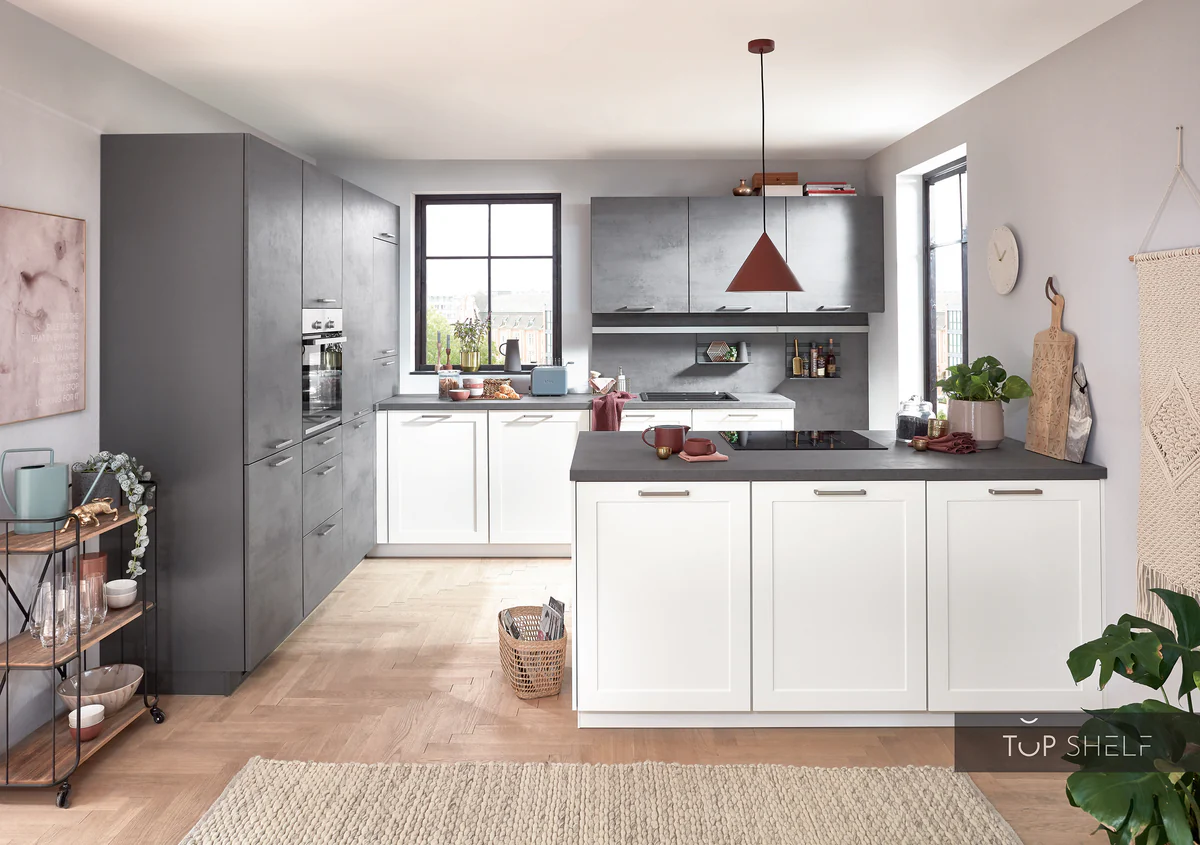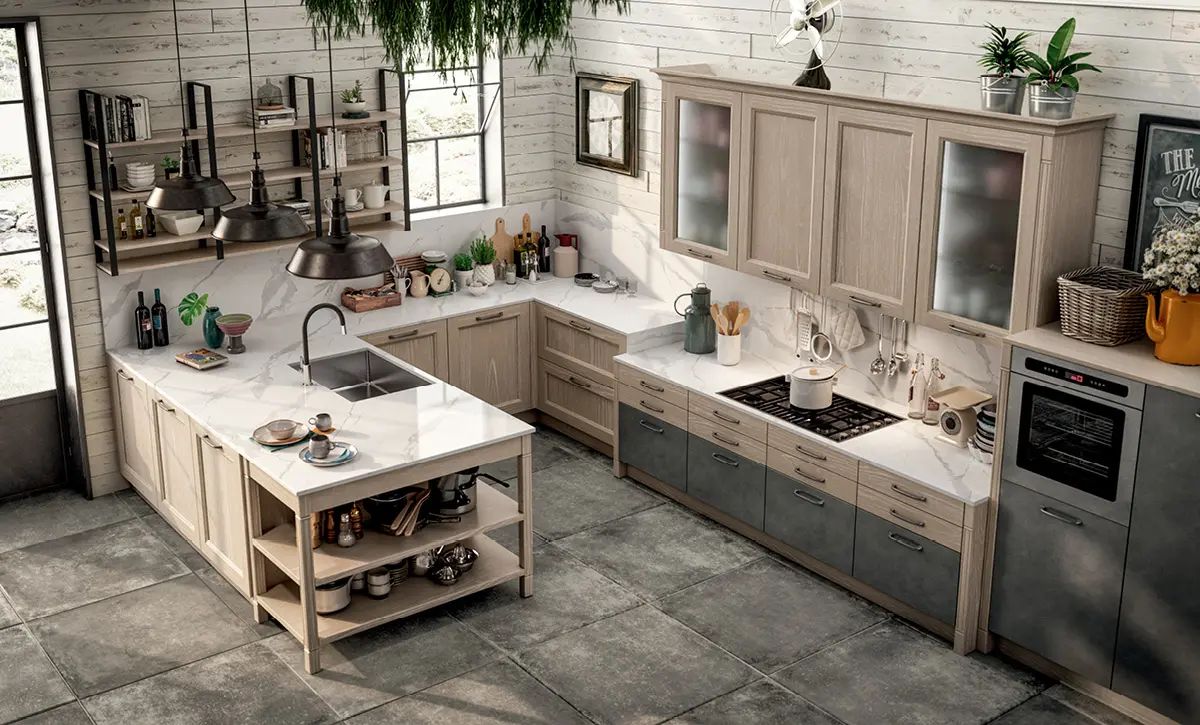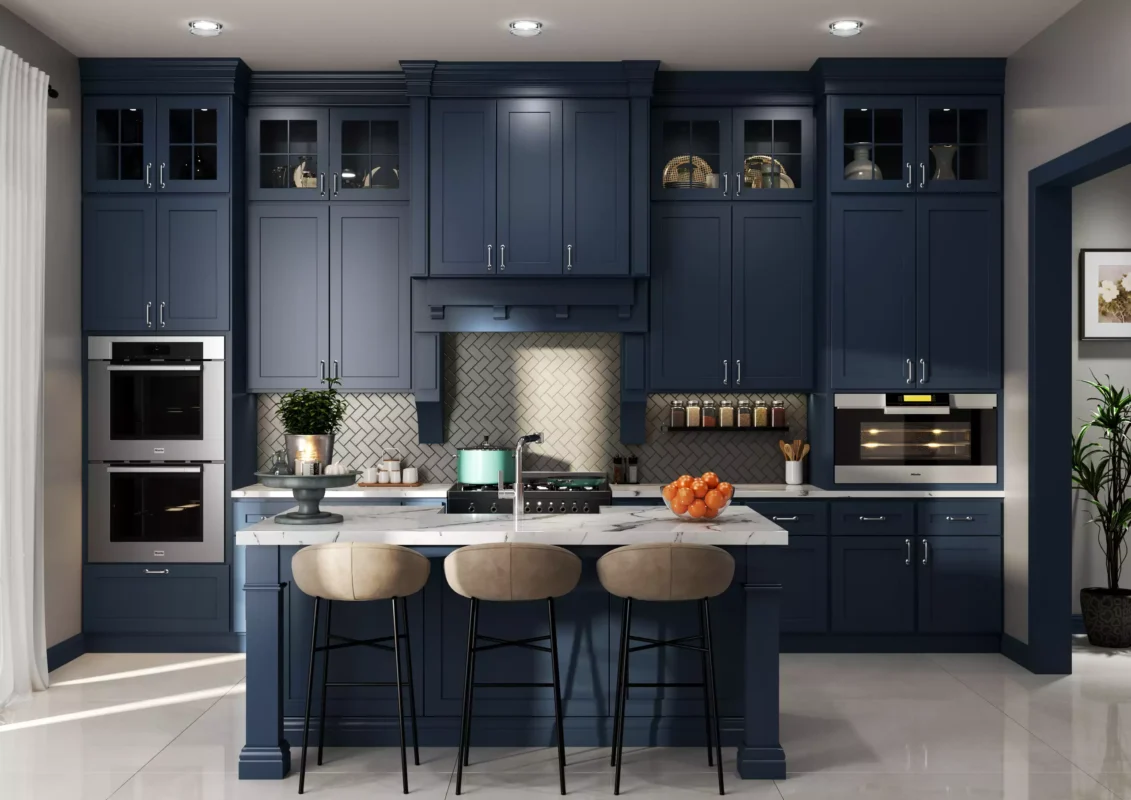Introduction: The Rise of the Smart Kitchen
In 2025, the kitchen is no longer just a place for cooking—it’s a hub of innovation, convenience, and connectivity. Smart kitchen technology has transformed how we prepare meals, manage grocery lists, and maintain kitchen appliances, making everyday tasks more efficient and enjoyable. This article explores the latest smart kitchen technologies, their benefits, and how you can integrate them into your home.
1. What Is Smart Kitchen Technology?
Smart kitchen technology refers to devices and systems that connect to the internet or other smart home networks, enabling automation, remote control, and enhanced functionality. From intelligent refrigerators that monitor your groceries to voice-controlled ovens, these tools aim to simplify your cooking experience and save you time.
2. Key Components of a Smart Kitchen
-
Smart Appliances: Refrigerators, ovens, dishwashers, and coffee makers with Wi-Fi connectivity and app integration.
-
Voice Assistants: Alexa, Google Assistant, and Siri to control devices hands-free.
-
Sensors and Monitors: Devices that track temperature, humidity, and food inventory.
-
Smart Lighting: Automated, adjustable lighting to create the perfect ambiance and improve visibility.
-
Kitchen Management Apps: Tools to organize recipes, shopping lists, and meal plans.
3. Benefits of Smart Kitchen Technology
-
Time Savings: Automate routine tasks and monitor appliances remotely.
-
Energy Efficiency: Optimize appliance usage and reduce electricity bills.
-
Enhanced Cooking Precision: Smart ovens and cooktops offer exact temperature control.
-
Improved Food Management: Track expiry dates and reduce food waste.
-
Safety Features: Alerts for smoke, gas leaks, and appliance malfunctions.

Smart Kitchen Technology: Revolutionizing Cooking and Convenience in 2025
4. Popular Smart Kitchen Devices in 2025
| Device | Features | Average Cost | Pros | Cons |
|---|---|---|---|---|
| Smart Refrigerator | Inventory tracking, touch screen, cameras | $1,500 – $3,000 | Food monitoring, recipe suggestions | Expensive, requires Wi-Fi |
| Wi-Fi Oven | Remote control, recipe programming | $800 – $2,000 | Precise cooking, remote access | Learning curve for controls |
| Voice-Controlled Faucet | Touchless, voice activation | $150 – $400 | Hygiene, convenience | Installation complexity |
| Smart Dishwasher | Energy monitoring, cycle customization | $600 – $1,200 | Saves water and power | Higher upfront cost |
5. How to Choose the Right Smart Kitchen Devices for Your Home
Choosing smart kitchen technology can feel overwhelming with so many options on the market. Here’s a guide to help you make informed decisions:
a. Assess Your Needs and Lifestyle
-
Do you cook often or mostly use quick meals?
-
Are you interested in energy savings or convenience?
-
Do you want integrated voice controls or manual override options?
b. Compatibility with Existing Devices
-
Check if the smart appliances work with your home’s Wi-Fi network.
-
Ensure compatibility with your preferred voice assistant (Alexa, Google Assistant, Siri).
-
Look for appliances that can integrate with your smart home ecosystem.
c. Budget Considerations
-
Set a realistic budget including installation costs.
-
Prioritize high-impact devices like smart refrigerators or ovens first.
-
Consider long-term savings on energy bills.

Smart Kitchen Technology: Revolutionizing Cooking and Convenience in 2025
6. Installation and Setup Tips
-
Professional Installation: For devices involving plumbing or electrical work (e.g., smart faucets or ovens), hiring a professional is recommended.
-
Network Setup: Make sure your kitchen has strong Wi-Fi coverage. Use extenders if needed.
-
Software Updates: Regularly update device firmware and apps to access new features and security patches.
-
User Training: Take time to learn the control apps and voice commands for smooth operation.
7. Maintenance and Troubleshooting
Keeping your smart kitchen running smoothly requires regular maintenance:
| Task | Frequency | Description | Priority |
|---|---|---|---|
| Clean appliance sensors | Monthly | Wipe down cameras, sensors, and touchscreens | 🔴 High |
| Update firmware & software | As updates arrive | Ensure latest security and feature improvements | 🔴 High |
| Check network connection | Weekly | Ensure strong Wi-Fi signal to avoid disruptions | 🟡 Medium |
| Inspect physical components | Quarterly | Check hoses, seals, and parts for wear and tear | 🟡 Medium |
| Calibrate sensors & devices | Annually | Optimize accuracy of smart temperature and motion sensors | 🟢 Low |
8. Top Brands and Models to Consider in 2025
| Brand | Popular Models | Highlights | Price Range |
|---|---|---|---|
| Samsung | Family Hub Refrigerator | Built-in screens, camera, and voice control | $2,000 – $3,000 |
| GE Appliances | Smart Oven with Air Fryer | Precise cooking, app control | $1,000 – $1,800 |
| Kohler | Sensate Voice-Activated Faucet | Touchless, customizable lighting | $300 – $500 |
| Bosch | 800 Series Smart Dishwasher | Quiet operation, energy efficient | $800 – $1,200 |

Smart Kitchen Technology: Revolutionizing Cooking and Convenience in 2025
9. Future Trends in Smart Kitchen Technology
The smart kitchen landscape is evolving rapidly. Here’s what to expect in the near future:
-
AI-Powered Cooking Assistants: Devices that learn your cooking habits and suggest recipes or automatically adjust cooking settings.
-
Augmented Reality (AR) Interfaces: Smart glasses or screens that overlay instructions and timers directly in your line of sight.
-
Waste Reduction Tech: Smart trash bins that track waste and suggest shopping lists based on what you throw away.
-
Enhanced Energy Management: Kitchens that optimize power use by coordinating appliance schedules to reduce electricity bills.
10. Energy Efficiency and Sustainability
Smart kitchen technology helps you save energy and reduce waste:
-
Energy Monitoring: Many devices provide real-time energy consumption data, helping you make eco-friendly choices.
-
Smart Scheduling: Appliances run during off-peak hours or automatically power down when not in use.
-
Water Conservation: Smart faucets and dishwashers adjust water flow and cycle duration based on needs.
-
Sustainable Materials: More manufacturers are adopting eco-friendly components and recyclable packaging.
11. Pros and Cons of Smart Kitchens
| Pros | Cons |
|---|---|
| Convenience and automation | Higher initial cost |
| Improved energy efficiency | Dependence on internet connectivity |
| Remote control and monitoring | Privacy and data security concerns |
| Integration with other smart home devices | Learning curve for some users |
| Potential for reduced food waste | Potential obsolescence as tech evolves |

IMG_BLOG-STILE-AMERICANO kitchen lovers
12. Smart Kitchen Checklist for 2025
| Task | Priority | Details | Status |
|---|---|---|---|
| Evaluate Wi-Fi coverage in kitchen | 🔴 High | Ensure strong and reliable connection | ☐ |
| Research compatible devices | 🔴 High | Check compatibility with existing smart home | ☐ |
| Set a realistic budget | 🔴 High | Include purchase, installation, and maintenance | ☐ |
| Plan professional installation | 🟡 Medium | For complex appliances and plumbing fixtures | ☐ |
| Learn device control interfaces | 🟡 Medium | Download apps, set up voice commands | ☐ |
| Schedule regular maintenance | 🟢 Low | Clean sensors, update firmware | ☐ |
| Monitor energy usage | 🟡 Medium | Use smart meters or device reports | ☐ |
| Stay updated on tech trends | 🟢 Low | Follow reviews and manufacturer updates | ☐ |
Conclusion: Embrace the Smart Kitchen Revolution
Smart kitchen technology is no longer a futuristic concept—it’s a present-day reality enhancing convenience, efficiency, and sustainability in homes worldwide. By thoughtfully integrating smart devices into your kitchen, you create a space that is not only functional but intuitive and enjoyable.
Are you ready to transform your kitchen into a smart hub? Start with small upgrades, and watch your cooking experience become effortless and futuristic.
Frequently Asked Questions (FAQ)
Q1: What is considered a smart kitchen?
A smart kitchen includes appliances and devices connected to the internet or a home network, allowing for automation, remote control, monitoring, and enhanced efficiency.
Q2: Are smart kitchen appliances easy to use?
Most modern smart appliances are designed with user-friendly interfaces, voice controls, and mobile apps, making them accessible for all skill levels. However, some tech may require a learning curve.
Q3: How much does it cost to upgrade to a smart kitchen?
Costs vary widely based on device types and brands. Entry-level gadgets like smart plugs or lighting may cost under $50, while fully integrated smart refrigerators or ovens can range from $1,000 to several thousand dollars.
Q4: Do smart kitchen devices save energy?
Yes, many smart appliances include energy monitoring and efficient scheduling to reduce electricity and water use, which can lead to long-term savings.
Q5: Is my privacy safe with smart kitchen devices?
Privacy depends on the manufacturer and your security settings. It’s important to use strong passwords, update software regularly, and review privacy policies before purchase.
Q6: Can smart kitchen technology help with cooking skills?
Absolutely. Some smart devices offer guided cooking, automatic adjustments, and personalized recipes, making it easier for beginners and pros alike.
Q7: Do I need professional installation for smart kitchen appliances?
While many devices are plug-and-play, some—especially those involving plumbing or gas—should be installed by professionals for safety and optimal performance.
Q8: Will smart kitchen technology become obsolete quickly?
Technology evolves fast, but many manufacturers offer firmware updates and modular designs to extend device lifespan. Choosing reputable brands helps ensure longevity.


